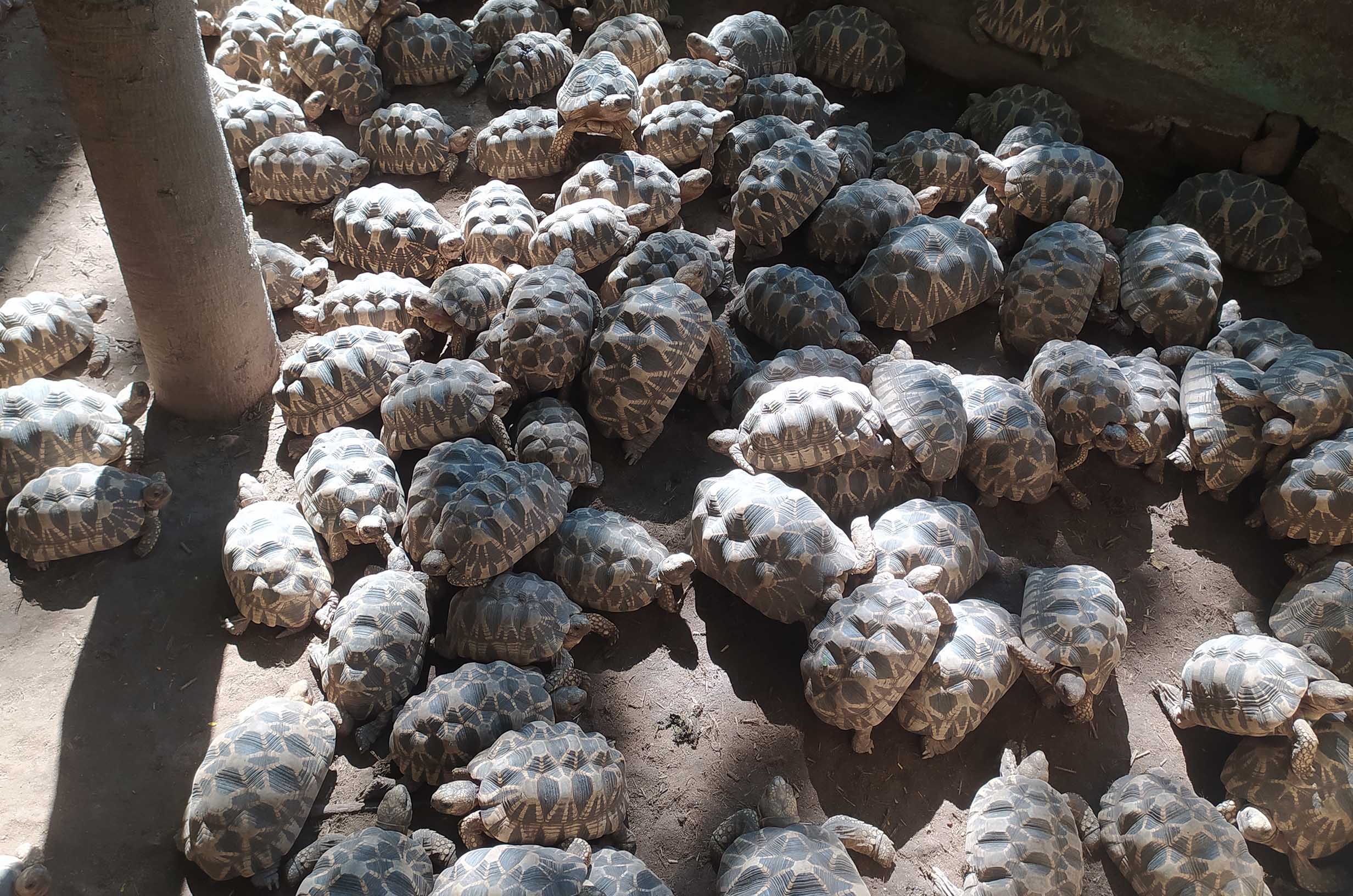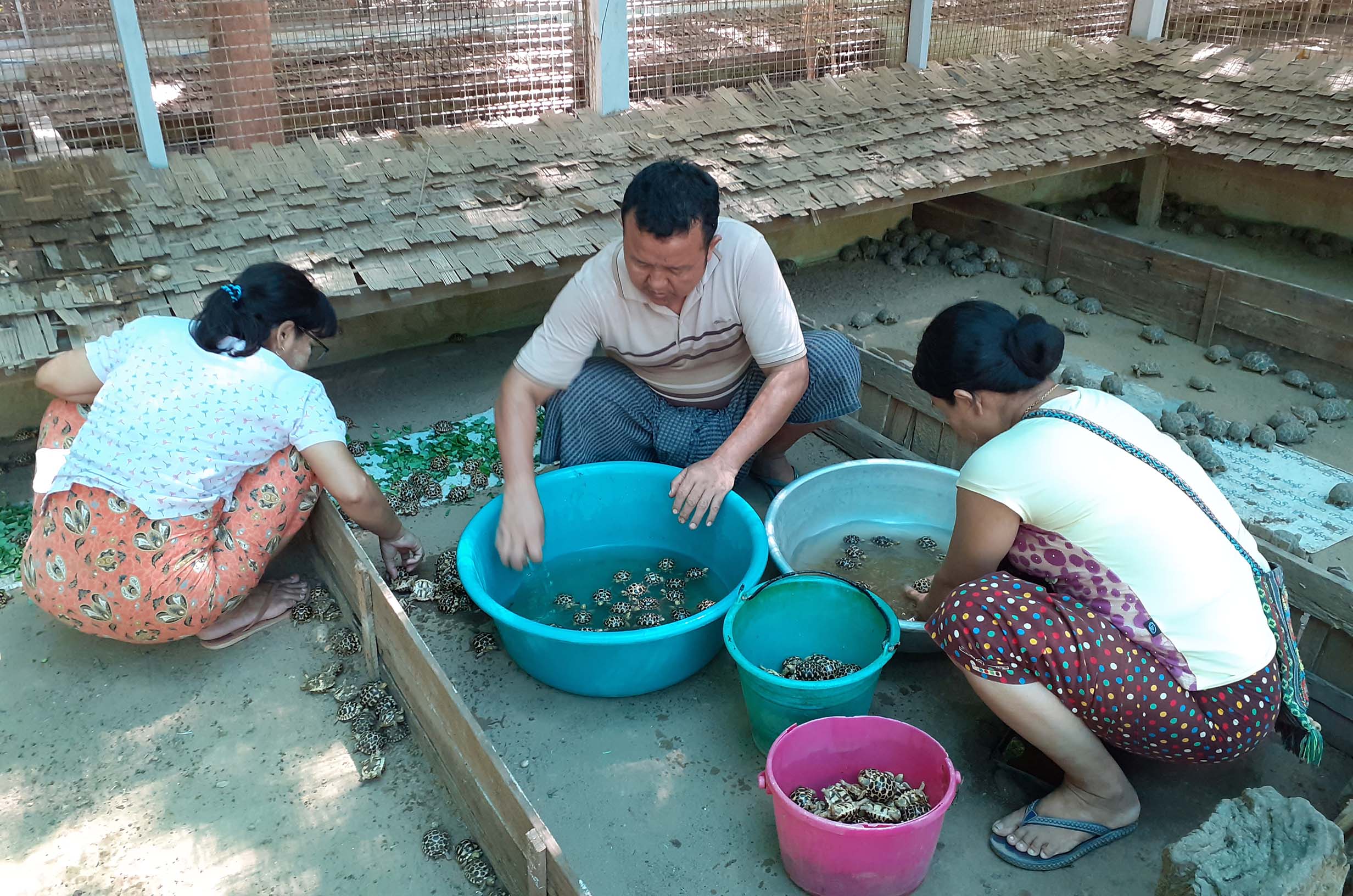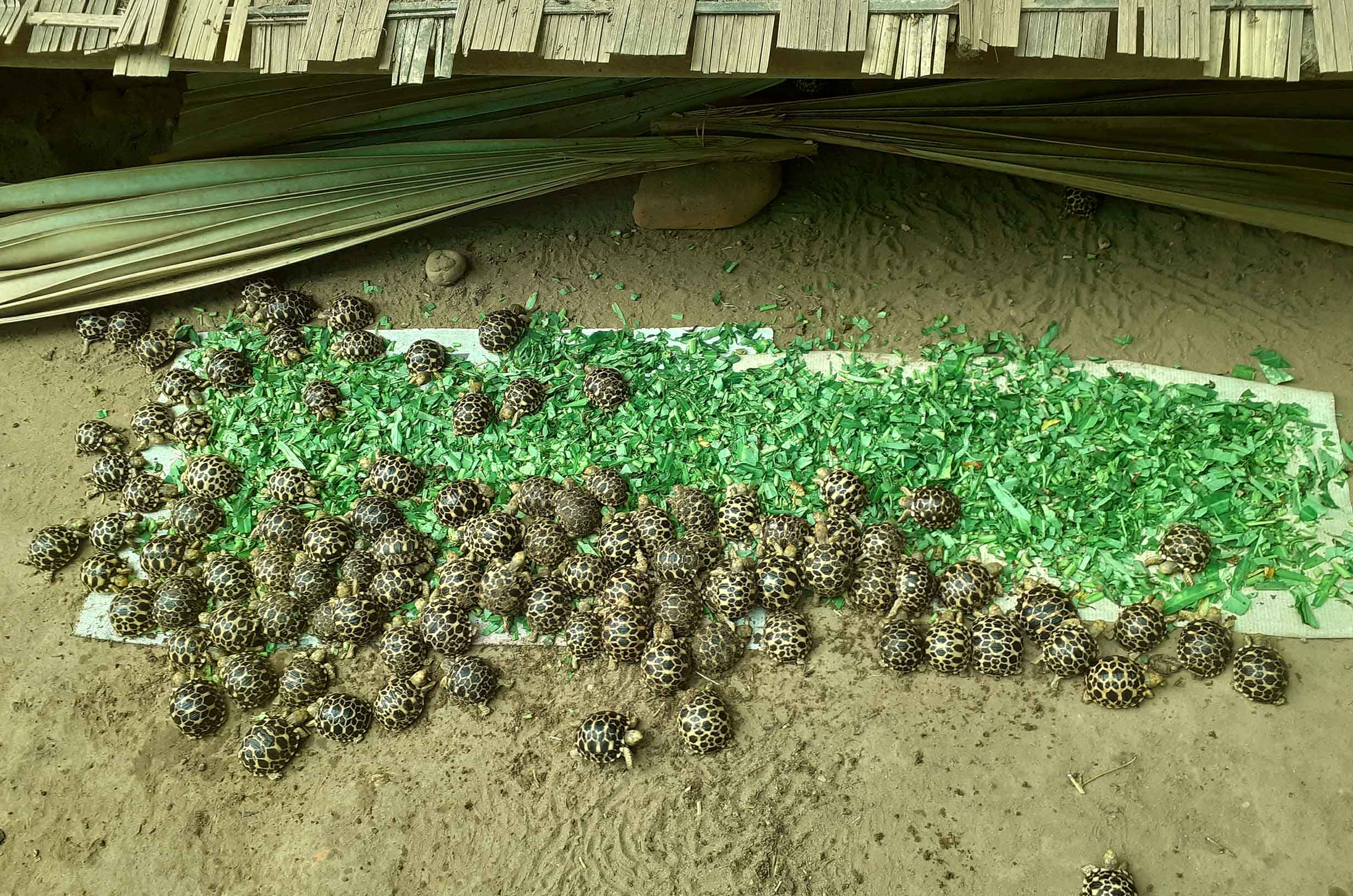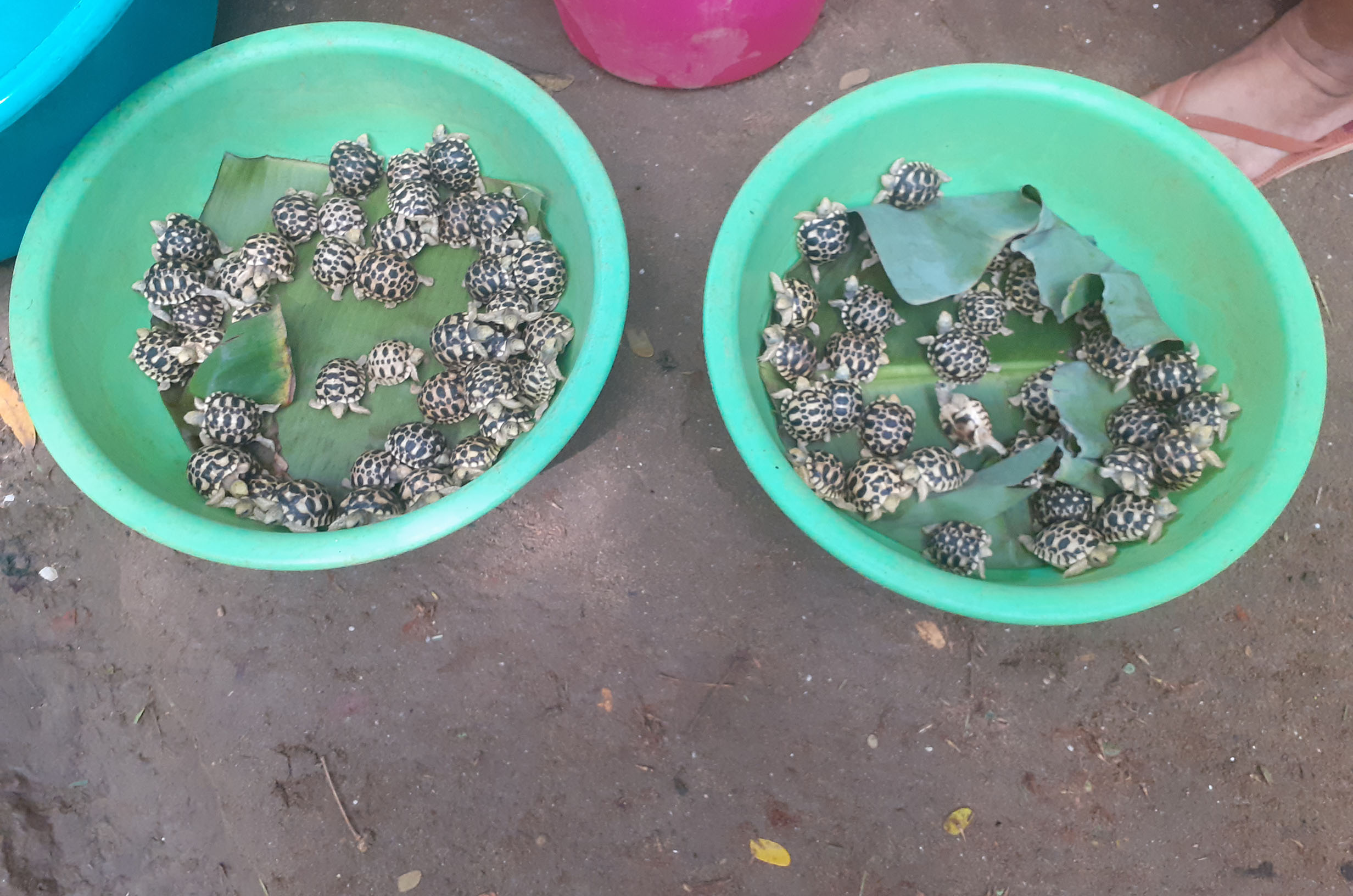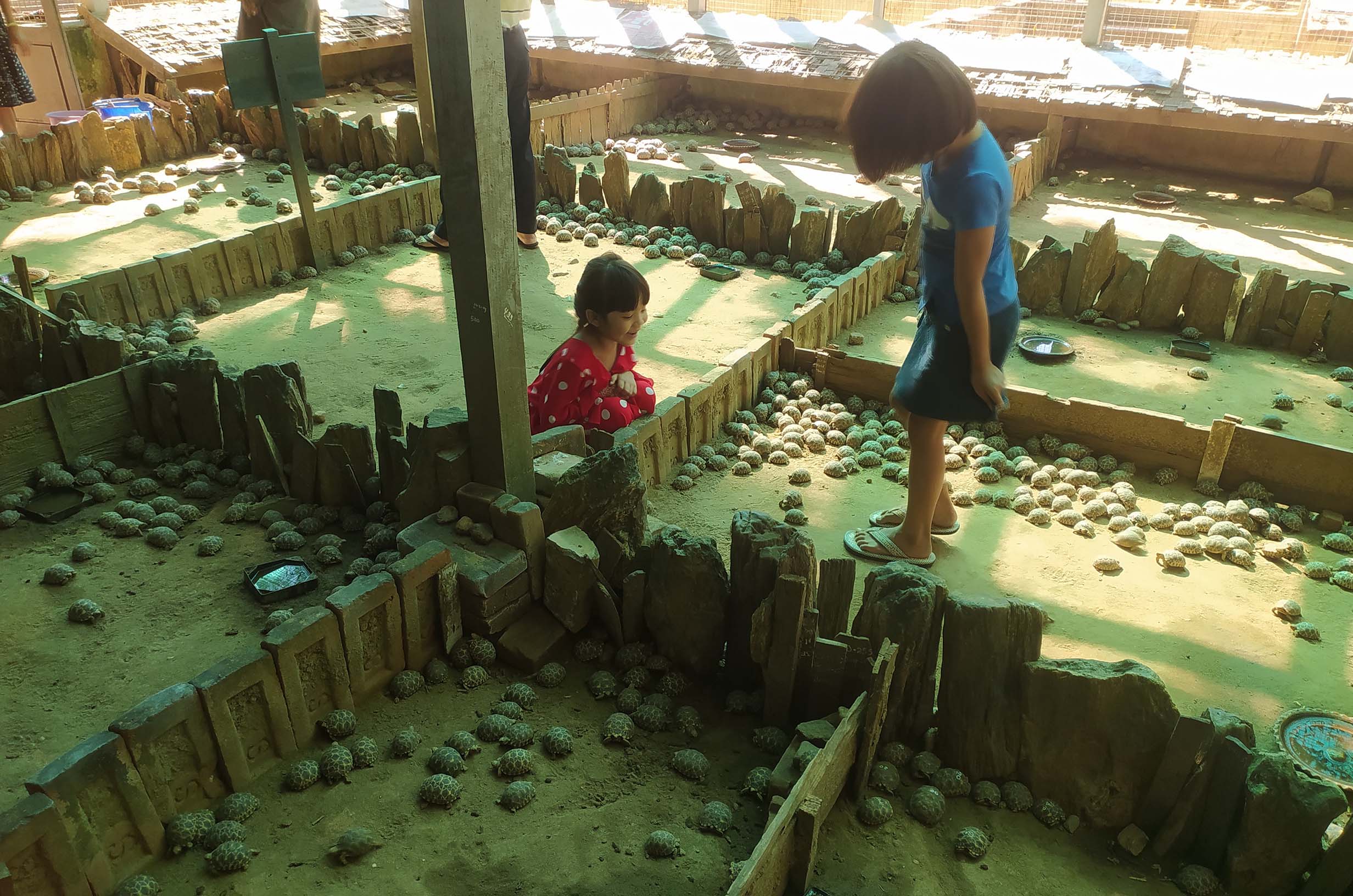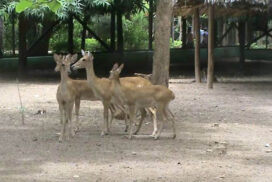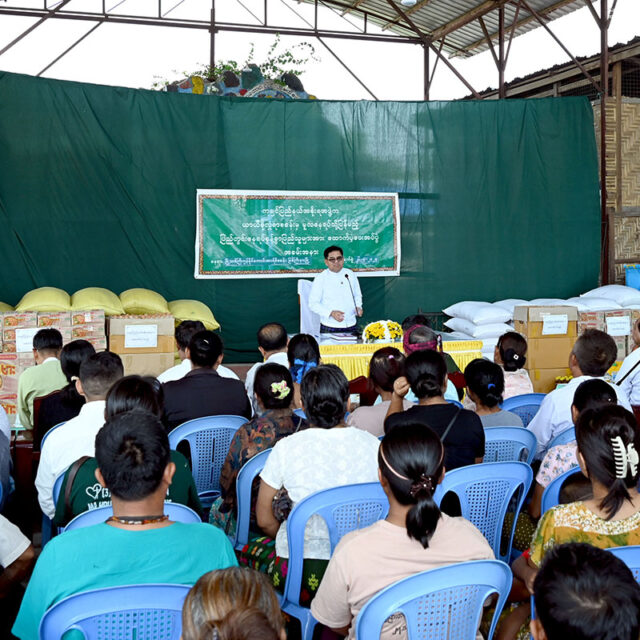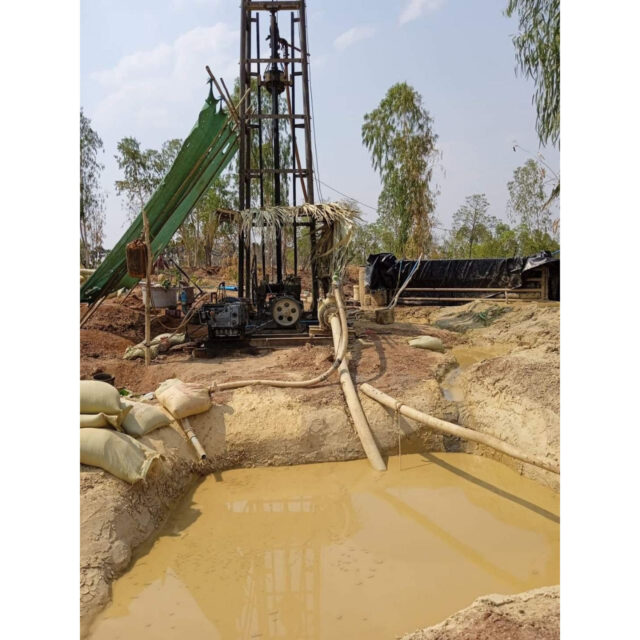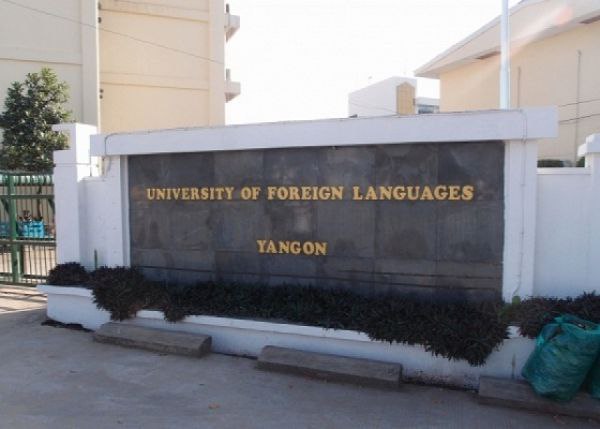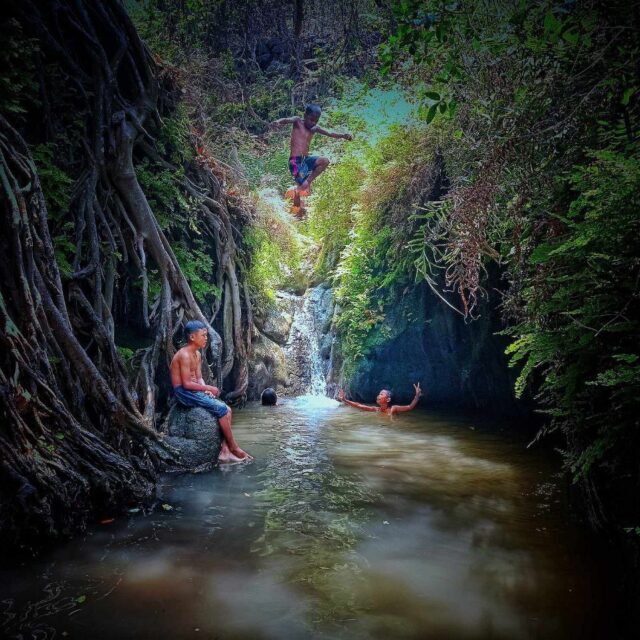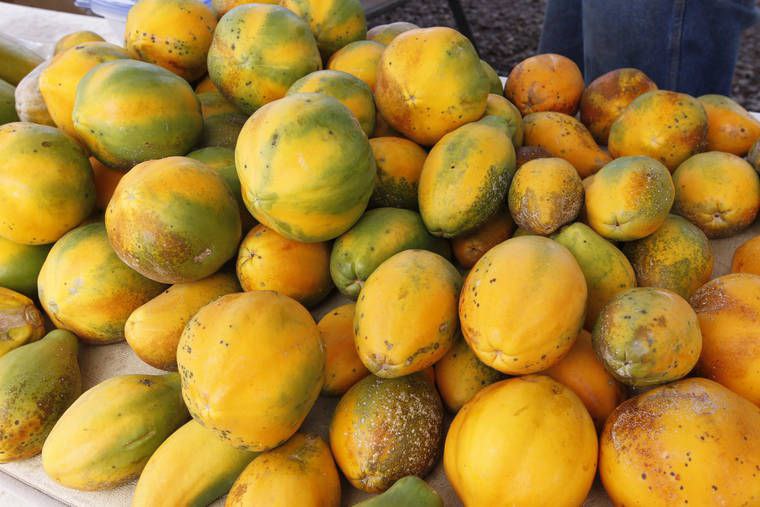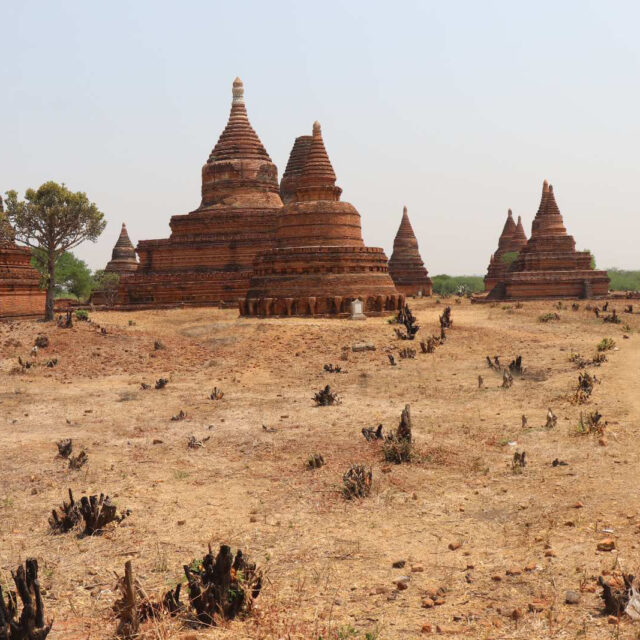Lawkananda Sanctuary in Bagan has become home to over 10,000 star tortoises, which are critically endangered tortoise species, native to the dry, deciduous forests of Myanmar.
The Department of Forest in Bagan, NyaungU Township, has been engaging in a captive-breeding programme with 82 star tortoises — 42 males and 40 females — to attempt to increase the population of this tortoise since 2001. The programme also aims to release the offspring into their native places and for the public and researchers to observe.
A total of 10,484 star tortoises of various sizes have been grown in the sanctuary over the years and 1,650 of them have been reintroduced into the wild. The warden of the sanctuary U Shwe Htay Aung said numbers of the tortoise have increased due to the changes in techniques based on the experience in the past years. With the close supervision of the sanctuary warden, the medical and clinical expertise of Dr Tint Lwin, a veterinarian from WCS/TSA, and the dedication of the staff, star tortoises could consume nutritious food, making them in good health which eventually led to the increased hatching rate. The hatch rate was recorded at 68 per cent, U Shwe Htay Aung further explained.
“We have been able to increase the egg production rate of star tortoises by feeding them nutritious food and taking care of their health from the time of ovulation,” he said. Care was also taken to the eggs until they hatch, and if they did not come out of the egg hole at the appointed time during the breeding season, the egg holes were dug to collect the tortoises that had already been hatched out and put them in a prepared place, he explained.
It took a lot of care and specific activities to decrease the mortality rate of the tortoises in the sanctuary such as re-burying unripe eggs in a soil container, putting medicines in the navel of the offspring, feeding foods rich in vitamins to the young tortoises, health check-up at daily feeding, putting the unhealthy tortoises under quarantine and providing treatment, feeding natural foods, water and fluids daily, putting them in pools, and providing pools and drinking cups even the temperature is high to ensure clean water.
U Shwe Htay Aung said only between 20 per cent and 30 per cent of the young tortoises are estimated to survive and reach the ground from the pit as they are not able to be cared by humans, as well as a natural cause. The eggs could be eaten by wild animals in the forest or natural disasters can cause landslides and cover the pits, blocking the offspring to come out. Even they could pass those stages, they are at high risk of extinction due to the destruction of ecosystems and human and wild animals in the forests, he added.
Lawkananda Sanctuary planned to hold a ceremony to mark its success of breeding more than 10,000 star tortoises with people interested in star tortoises, however, it hasn’t been implemented yet due to various reasons. “We have the plan to hold a ceremony at a suitable time, and we are very delighted to see the star tortoises living on Myanmar soil forever and it is such an honour to the country,” U Shwe Htay Aung proudly said.
As a matter of fact, Lawkananda Sanctuary is home to one of the largest tortoise farms in the world, with more than 1,000 tortoises breeding each year, which has also been dubbed the Star Tortoise Factory. — Ko Htein(KPD)/ GNLM

